World Heritage Sites at Grave Risk Due to Climate Change
While some of the global leaders continue to deny the existence of rapidly changing climate and its effects on the health of the planet, the World heritage sites are losing their identity as the climate change carry on to damage them. Over the years, various studies have concluded that many UNESCO World Heritage sites are at risk due to climate change, varying from coastal flooding, soil erosion and scorching heat.
As the global warming melts the ice caps and sea levels rise, many of these sites could be destroyed and lost to the future generations. Climate change is a present threat to heritage across the world.
In Europe and North America, research on the impacts of climate change on heritage, including how to mitigate against more frequent extreme weather events and how to implement efficient sustainable adaptation planning, are now key foci of heritage literature.
Table of Contents
What are the World Heritage Sites?
World Heritage is the term for places on earth that are of outstanding universal value to humanity and as such, have been registered in the World Heritage list to be protected for future generations to appreciate and enjoy their beauty. A World Heritage Site is a landmark or area with legal protection by the United Educational, Scientific and Cultural Organization (UNESCO).
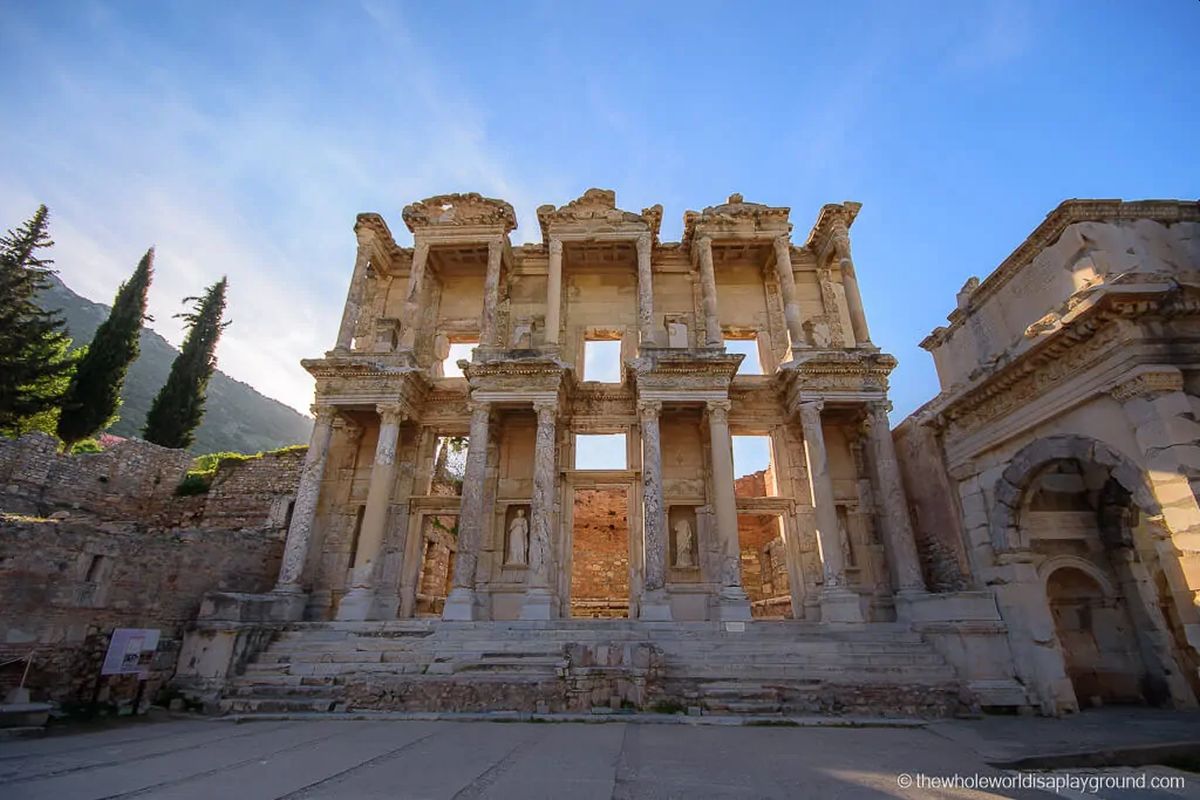
World heritage sites, such as the ancient Greek city of Ephesus, are at risk due to climate change | Image: The Whole World is a Playground
Judged on basis of their “cultural and natural heritage around the world considered to be of outstanding value to humanity,” World Heritage sites might be ancient ruins or historical structures, buildings, cities, deserts, forests, islands, lakes, monuments, mountains, or wilderness areas.
A total of 1,121 World Heritage Sites (869 cultural, 213 natural and 39 mixed properties) exist across 167 countries; the three countries with most sites are China, Italy (both with 55 sites each) and Spain (48).
World Heritage Sites at Risk due to Climate Change
One in four natural World Heritage sites is highly threatened by climate change. According to a report, this trend has doubled from 2014 to 2017, making climate change the “fastest growing threat.”
The experts fear that if the world continues to warm – driven primarily by human activity through greenhouse gas emissions – many of these landmarks may lose some of those outstanding values or even cease to exist at all.
Mediterranean Sites at Risk
According to a study published in the journal Nature Communications, Mediterranean UNESCO World Heritage is at risk from the coastal flooding and erosion due to sea-level rise. The study ranked and compared 49 locations facing the highest damage risk from a total of 159 World Heritage sites located around the Mediterranean Sea.
The study concluded that due to sheer numbers of historical sites along their coasts, a third of the endangered sites are located in just four countries: Italy (15), Croatia (7), Greece (4) and Tunisia (4).
By 2100, under the highest risk scenario the Lebanese city of Tyre was on the top of the list of cities endangered by erosion. Tyre is home to one of the largest well-preserved Roman hippodromes, racecourses that were used frequently for Roman chariot races.
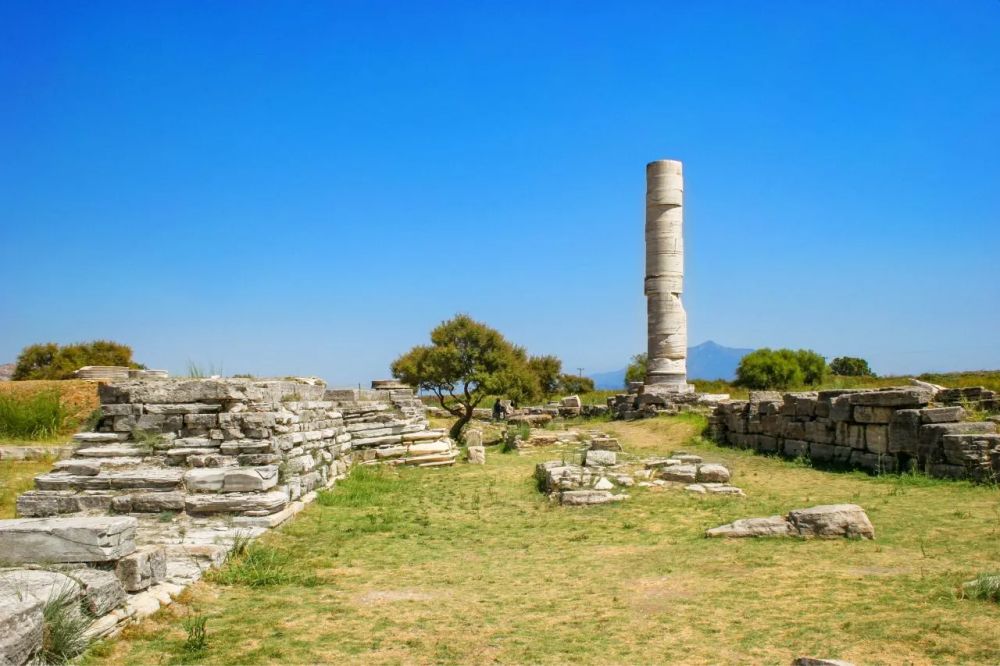
Ruins of the temple of Greek Goddess Hera | Image: Heraion Sanctuary
Ephesus, Greece, known for the nearby Temple of Artemis, one of the Seven Wonders of the Ancient World, is also among the endangered sites. Heraion, a large temple dedicated to Hera in Samos, Greece, and the archaeological Ensemble of Tarraco in Spain, which is said to be the first and oldest Roman settlement on the Iberian Peninsula, are also facing equal danger of oblivion.
Threat to African Heritage
While not much has been documented on the effects of climate change on Africa’s heritage, these factors have steadily been eating away at some of the continent’s culture-rich sites due to a rise in sea levels, an increase in humidity, and extreme weather conditions. A study warns that without any effective intervention, these sites may well no longer exist in a few years to come.
Rising Nile floodwaters constantly threaten to submerge the ancient archaeological site of Al-Bajrawiya in Sudan. The river floods every year, but people working in the area have never seen the water spread so far. The ruins of Al-Bajrawiya, once a royal city of the two-millennia-old Meroitic Empire, include the famous Meroe pyramids. The site, some 200 kilometers northeast of Khartoum, was the capital of an empire that controlled vast tracts of land from 350 BC to 350 AD.
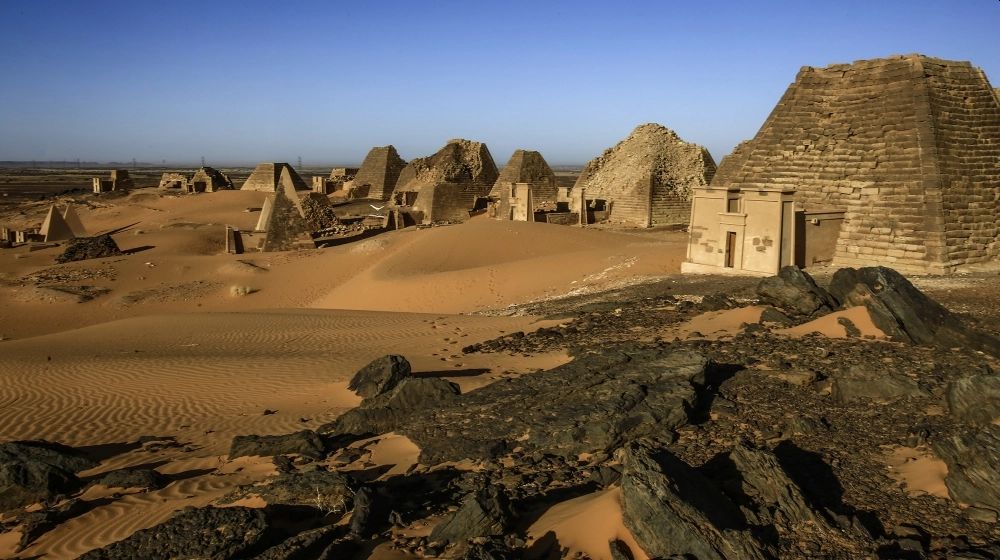
The ruins of Al-Bajrawiya face extinction due to flooding Nile | Image: Ashraf Shazly
Sukain, Sudan, which was once an extremely important port on the Red Sea, is threatened by the rising sea levels. The 700-year-old Old Town in Lamu, Kenya, the oldest and best-preserved Swahili settlement in East Africa, has been severely impacted by shoreline retreat, as the town lost the natural protection once offered by sand and vegetation.
The change in sea levels threatens the very existence of these ancient port cities. The coastal sites on Comoros Islands, and the coastal forts and castles of Ghana are also awaiting the same fate.
Declared a World Heritage site in 2007, the Rock Art at Twyfelfontein is described by the UNESCO as an “extensive and high-quality record of ritual practices relating to hunter-gatherer communities in this part of southern Africa cover at least 2,000 years.” This beautiful heritage site has been facing the threat of extinction owing to climate change, which can increase humidity in relatively aid areas, and create the conditions for the spread of fungi and microbial life on rocks.
Mud houses in Djenne, Mali, are also losing their unique identity due to the changing climate. The scientists believe that by 2050, Guinea, The Gambia, Nigeria, Togo, Benin, Congo, Tunisia, Tanzania and the Comoros will be at significant threat of coastal erosion and sea-level rise.
Other Endangered Heritage Sites
A 2016 UNESCO report, “World Heritage and Tourism in a Changing Climate,” documented climate impact on 31 natural and cultural World Heritage sites in 29 countries from Africa, the Middle East, Asia and the Pacific, North America, Latin America and Europe. In conclusion, almost everywhere in the world, the World Heritage sites are facing critical threat from the changing climatic patterns.
These sites are most vulnerable to increasing temperatures, melting glaciers, rising sea levels, intensifying weather events, worsening droughts and longer wildfire seasons. The Great Barrier Reef, the Sundarbans, Yellowstone National Park, Grand Canyon National Park and so many other wonderful heritages are susceptible to these changes that threaten their existence.
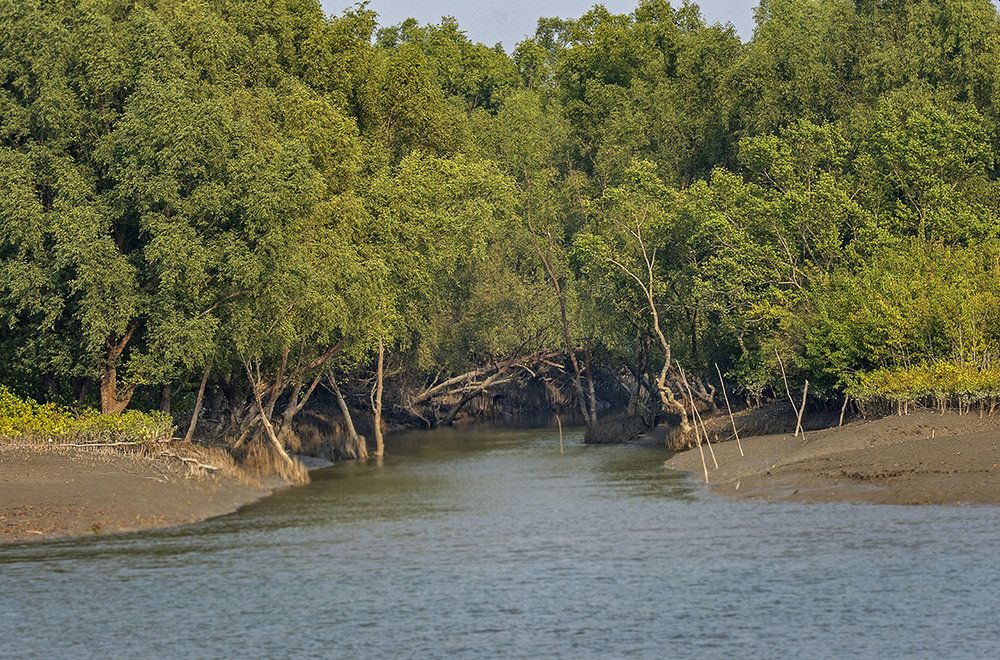
Sundarbans are degrading due to climatic change and soil erosion | Image: Lynne Buchanan Photography
However, some countries are better placed to deal with the impact of climate change on their cultural heritage. For instance, Egypt is positioned on a low-lying region at “severe risk of flooding in the coming decades,” yet is well-equipped to deal with some of the challenges.
What can be done?
Various studies and reports warn that if necessary and effective actions are not taken to preserve the heritage sites all across the world, many could be lost in the coming years due to the direct and indirect impacts of global warming and climate change.
While the World heritage Coalition monitors each historical site, it is also the responsibility of each country to maintain their sites, which includes adaptation to climate change. That being said, many countries face economic crisis, refugee issues and social conflicts, which can interfere with the country’s ability to address the challenges climate change may bring.
Without significant intervention, some of the endangered heritage sites will be lost to time as a result of the impacts of climate change over the coming decades.
The Heritage Management Organization, which is made up of academics from all over the world, notifies that urgent actions need to be taken by international bodies such as the European Union, all the way down to managers of monuments like the Colosseum in Rome, Akko in Israel and the Westminster Abbey in London.
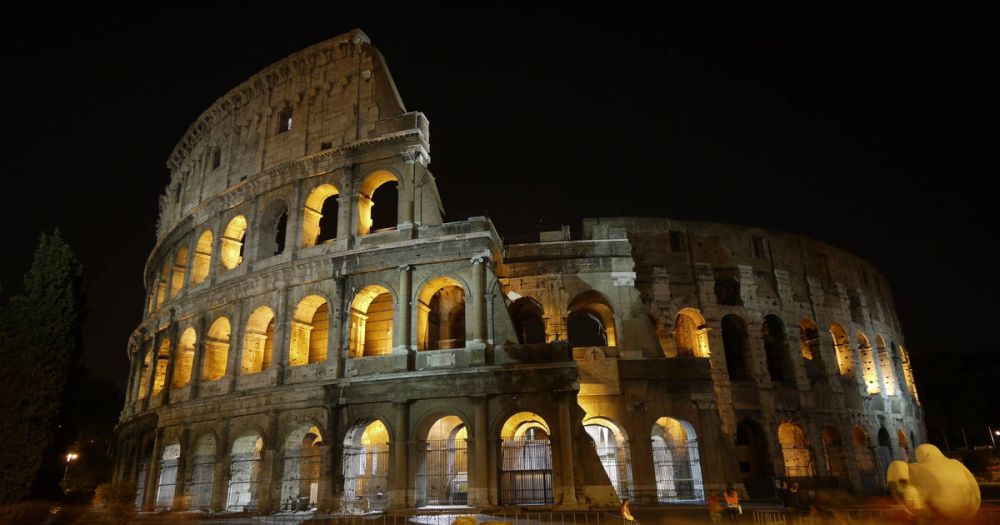
The Colosseum in Rome | Image: UNESCO
The director of the organization, Dr. Evangelos Kyriakidis, says there are three courses of action that could be executed, which would drastically slow down the damage from climate change for many of the sites.
The first one would be to combine risk maps – a data visualization tool that communicates specific risks – together with maps for cultural heritage monuments. For example, Greece has a risk map for forest fires, which has never been combined with the risk map of flooding, or the map for heritage sites.
The second action plan would be to analyze the exact effects that climate change has on heritage sites. Although, it is hard to predict exactly how and when these monuments will disappear, a thorough analyses can conclude how they might continue to degrade.
The third course of action is to educate people; it is important to inform the general population that heritage is being damaged by climate change and it is essential that the people who are responsible for the sites be educated as well.
Obstacles in Preservation against Climate Change
There are many obstacles in the preservation of heritage sites against changing climate. The developing countries are not capable of will not be able to relocate their economic resources to heritage preservation as required, and various social and political conflicts will also create several issues in the process.
While many scientists have time and again stressed over the impacts of climate change on the World Heritage sites, a few of the world leaders deny the phenomenon altogether. American President Donald Trump, Brazil’s Prime Minister Jair Bolsonaro, and Australia’s Prime Minister Scott Morrison are among those names who deny the existence of climate change and think it is a hoax.
Mr. Trump has a controversial way of indicating his views on climate change through his multitude of tweets and statements. In his words, climate change is “mythical”, “nonexistent” and “an expensive hoax,” but also, subsequently, it is a “serious subject” that is “very important to me.”
Similarly, Mr. Bolsonaro has turned a blind eye to the calamities in the Amazon forest and claim the forests were “practically untouched” during the devastating fires, and blames a “lying and sensationalist media” for propagating fake news about then destruction.
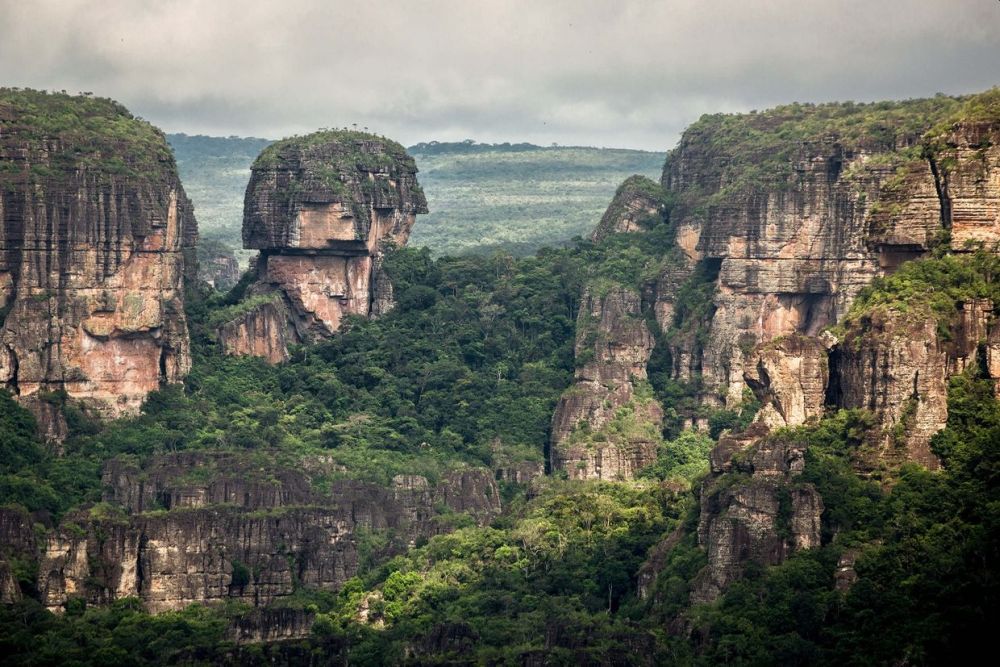
A heritage to humankind, Amazon rainforests are home to numerable species of flora and fauna | Image: Carlos Castaño Uribe
Moreover, he also criticizes the notion that the Amazon is “a heritage of humankind.” He scoffs over the fact that the root cause of escalating intensity of forest fires is climate change. But that isn’t surprising, as Bolsonaro’s leadership style bears comparison to that of Donald Trump, a head of state he admires.
Same goes for Australian Prime Minister Scott Morrison, who has been a climate change denier, despite the heart-wrenching devastation that was brought upon Australia by the 2019-20 bushfire season.
Unless the leaders of some of the powerful nations, especially those who have plenty of heritage sites within their borders, understand the impacts of climate change on these beautiful locations, any efforts to preserve the World Heritage sites, that are at risk due to climate change, would be rarely effective.
The loss of heritage may not be felt immediately, but incremental loss, over time, could mean that we sleepwalk into a world where all kinds of valuable – indeed critical – heritage no longer exists.


